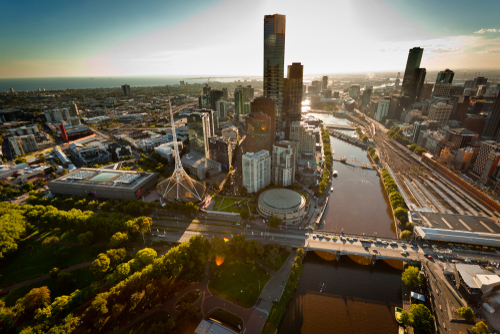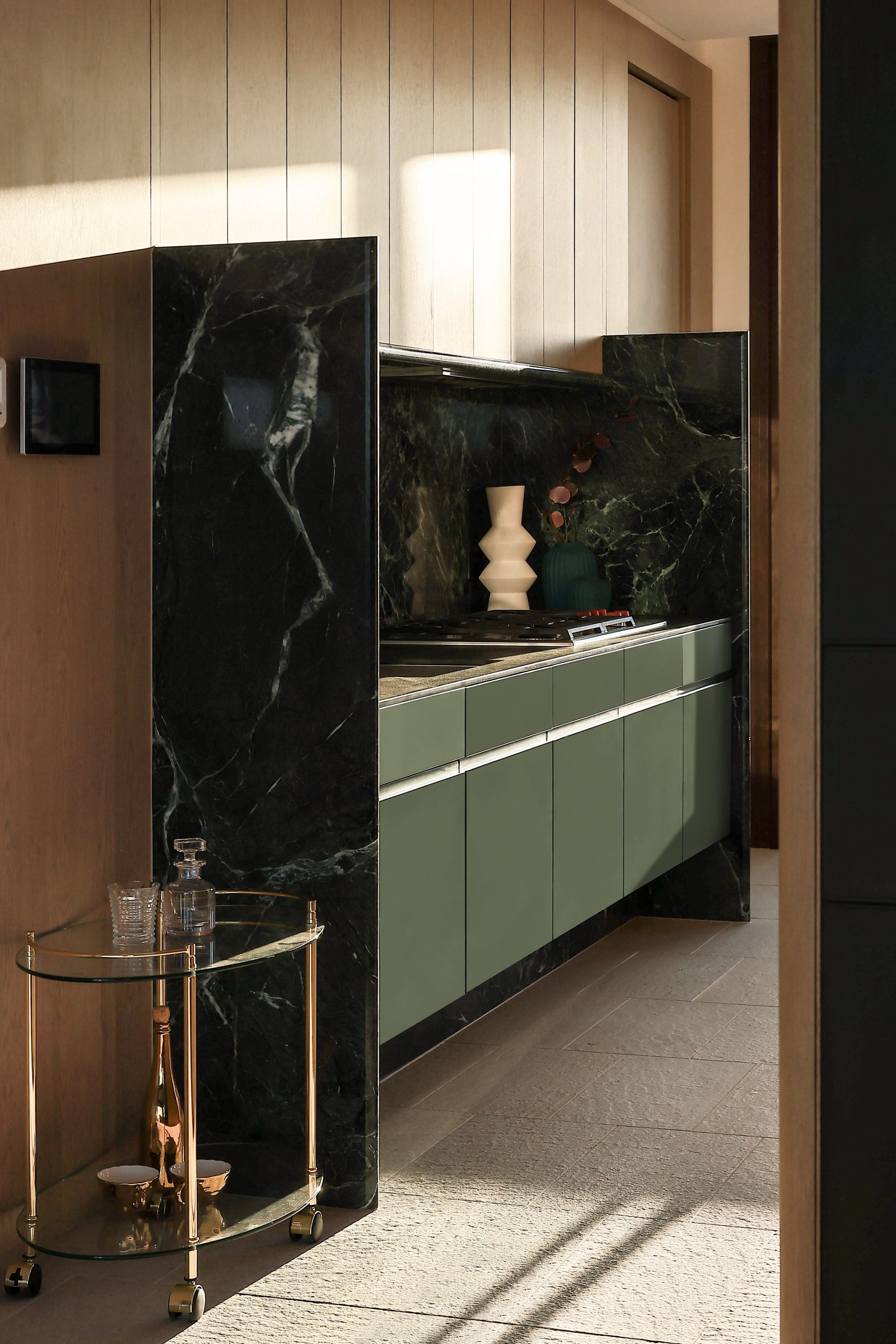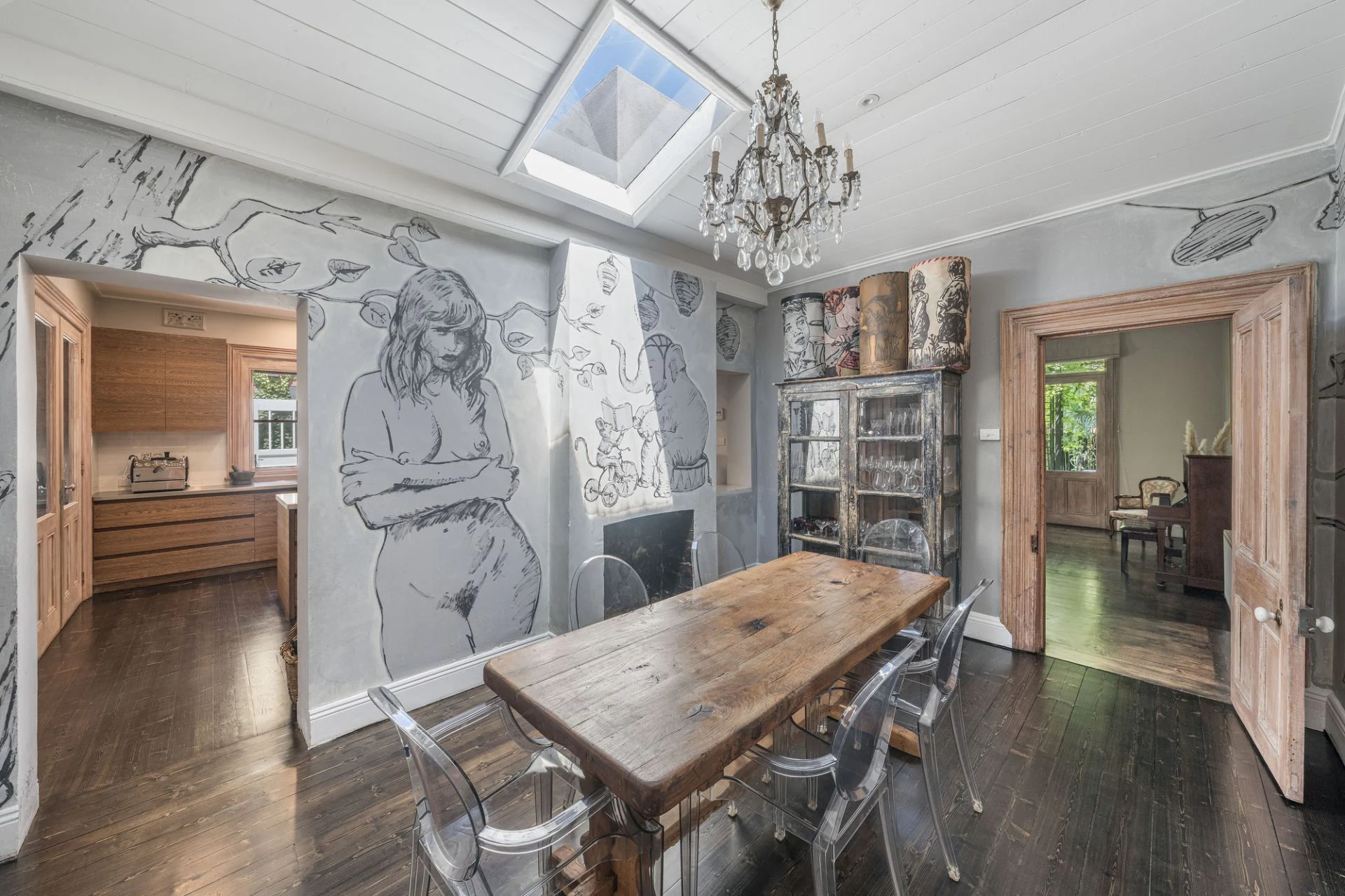The top 20 local government areas where more homeowners are selling at a loss
While the vast majority of sellers enjoyed a profit, in some parts of Australian cities others are licking their wounds
The Australian property market has recorded 17 consecutive months of growth overall, as limited supply and high demand in most markets continue to trump the impact of higher interest rates. The median Australian home value lifted 8 percent over FY24, but not every part of the market is strong.
The profitability of resold properties provides an insight into how home or investment property ownership can go right and wrong, with a key factor being the length of time the asset is held. CoreLogic’s latest Pain and Gain report reveals 94.3 percent of 85,000 resales in the March quarter sold at a profit. That’s the highest rate of profitability since July 2010 and reflects recent strong selling conditions in most markets except Victoria and Tasmania.
The median gain per profitable resale was $265,000. Houses were more likely to resell at a profit, with 97.1 percent of house resales profitable compared to 89 percent of apartment resales. The flipside to the data is 5.7 percent of all resales resulted in a loss. The median amount of that loss was $40,000, however, that’s just in the value of the property. It does not factor in the significant costs of buying the property, such as stamp duty; nor the selling costs, such as the agents’ fee.
CoreLogic’s Head of Research Eliza Owen said short-term resales indicate how households are responding to higher interest rates. According to the report: “The two-year resales trend seems to have peaked in the year to August 2023, roughly two years after the peak in fixed term borrowing back in 2021. This data suggests the sticker shock from higher mortgage rates may have had some influence on decisions to sell more property than otherwise would have transacted after a short hold period.”
The median hold period of all resold homes was 8.8 years in the March quarter. “Time in the market rather than timing the market is critical to maximising returns for most resales,” Ms Owen said. “Generally, the longer a vendor holds a property the higher the returns, with vendors selling after 30 or more years attracting the largest median gain of $780,000.” By comparison, the median gain among profitable resales that occurred within two years of purchase was $82,000.
Within the top 20 local government areas (LGAs) of each capital city where the highest proportion of loss-making sales occurred, a common theme was shorter hold periods for the loss-making sales compared to the profit-making sales in 14 of those 20 areas.
Here are the top 20 capital city LGAs for the most loss-making sales in the March quarter.
Melbourne LGA
Loss-making sales totalled 38.9 percent of all resales in Melbourne. The median hold period among loss-making sales was 9.8 years and the median capital loss was $54,500.
Perth LGA
Loss-making sales totalled 38.4 percent of all resales in Perth. Vendors who sold at a loss held their properties for a median of 11.5 years and the median loss was $54,000.
Darwin LGA
Loss-making sales totalled 33.6 percent of all resales in Darwin. The median hold period among loss-making sales was 10.4 years and the median capital loss was $70,000.
Stonnington LGA, Melbourne
Loss-making sales totalled 29.8 percent of all resales in Stonnington. Home or investment owners who sold at a loss held their properties for a median of nine years. The median loss was $57,000.
Palmerston LGA, Darwin
Loss-making sales totalled 26.5 percent of all resales in Palmerston, which is a satellite city to Darwin. The median hold period among loss-making sales was 10.2 years and the median loss was $82,000.
Parramatta LGA, Sydney
Loss-making sales totalled 25.3 percent of all resales in Parramatta. The median hold period among loss-making sales was 7.8 years and the median capital loss was $49,750.

Yarra LGA, Melbourne
Loss-making sales totalled 24.7 percent of all resales in Yarra. Owners who sold at a loss held their properties for a median of 8.2 years. The median loss was $40,000.
Port Phillip LGA, Melbourne
Loss-making sales totalled 23.9 percent of all resales in Port Phillip. Vendors who sold at a loss held their properties for a median of 8.7 years and the median capital loss was $42,000.
Strathfield LGA, Sydney
Loss-making sales totalled 22.8 percent of all resales in Strathfield. The median hold period was 7.4 years and the median loss was $60,000.
Ryde LGA, Sydney
Loss-making sales totalled 22.4 percent of all resales in Ryde. The median hold period among loss-making sales was 7.8 years. The median capital loss was $51,500.
Burwood LGA, Sydney
Loss-making sales totalled 20.9 percent of all resales in Burwood. Home or investment owners who sold at a loss held their properties for a median of just 5.3 years and the median loss was $63,500.

Vincent LGA, Perth
Loss-making sales totalled 20.5 percent of all resales in Vincent. The median hold period among loss-making sales was 10.2 years. The median loss was $40,000.
Maribyrnong LGA, Melbourne
Loss-making sales totalled 20.4 percent of all resales in Maribyrnong. The median hold period was 6.7 years and the median capital loss was $37,250.
Boroondara LGA, Melbourne
Loss-making sales totalled 19.7 percent of all resales in Boroondara. Property owners who sold at a loss held their assets for a median of 9.1 years and the median loss was $40,000.
Moonee Valley LGA, Melbourne
Loss-making sales totalled 17.9 percent of all resales in Moonee Valley. The median hold period was 7.3 years. The median capital loss was $41,000.
Belmont, Perth
Loss-making sales totalled 17.4 percent of all resales in Belmont. The median hold period among loss-making sales was 10.1 years and the median loss was $35,000.
Cumberland LGA, Sydney
Loss-making sales totalled 15.4 percent of all resales in Cumberland. Home or investment owners who sold at a loss held their properties for a median of 7.2 years. The median loss was $35,000.
Subiaco LGA, Perth
Loss-making sales totalled 14.3 percent of all resales in Subiaco. The median hold period among loss-making sales was 10 years and the median loss was $50,000.
Victoria Park LGA, Perth
Loss-making sales totalled 13 percent of all resales in Victoria Park. The median hold period was 10.2 years. The median capital loss was $42,500.
Sydney LGA
Loss-making sales totalled 12.6 percent of all resales in Sydney. The median hold period among loss-making sales was 7.2 years and the median loss was $57,000.
This stylish family home combines a classic palette and finishes with a flexible floorplan
Just 55 minutes from Sydney, make this your creative getaway located in the majestic Hawkesbury region.
A Sydney site with a questionable past is reborn as a luxe residential environment ideal for indulging in dining out
Long-term Sydney residents always had handful of not-so-glamourous nicknames for the building on the corner of Cleveland and Baptist Streets straddling Redfern and Surry Hills, but after a modern rebirth that’s all changed.
Once known as “Murder Mall” or “Methadone Mall”, the 1960s-built Surry Hills Shopping Centre was a magnet for colourful characters and questionable behaviour. Today, however, a $500 million facelift of the site — alongside a slow and steady gentrification of the two neighbouring suburbs — the prime corner property has been transformed into a luxury apartment complex Surry Hills Village by developer Toga Group.
The crowning feature of the 122-apartment project is the three-bedroom penthouse, fully completed and just released to market with a $7.5 million price guide.
Measuring 211sqm of internal space, with a 136sqm terrace complete with landscaping, the penthouse is the brand new brainchild of Surry Hills local Adam Haddow, director of architecture at award-winning firm SJB.
Victoria Judge, senior associate and co-interior design lead at SJB says Surry Hills Village sets a new residential benchmark for the southern end of Surry Hills.
“The residential offering is well-appointed, confident, luxe and bohemian. Smart enough to know what makes good living, and cool enough to hold its own amongst design-centric Surry Hills.”
Allan Vidor, managing director of Toga Group, adds that the penthouse is the quintessential jewel in the crown of Surry Hills Village.
“Bringing together a distinct design that draws on the beauty and vibrancy of Sydney; grand spaces and the finest finishes across a significant footprint, located only a stone’s throw away from the exciting cultural hub of Crown St and Surry Hills.”
Created to maximise views of the city skyline and parkland, the top floor apartment has a practical layout including a wide private lobby leading to the main living room, a sleek kitchen featuring Pietra Verde marble and a concealed butler’s pantry Sub-Zero Wolf appliances, full-height Aspen elm joinery panels hiding storage throughout, flamed Saville stone flooring, a powder room, and two car spaces with a personal EV.
All three bedrooms have large wardrobes and ensuites with bathrooms fittings such as freestanding baths, artisan penny tiles, emerald marble surfaces and brushed-nickel accents.
Additional features of the entertainer’s home include leather-bound joinery doors opening to a full wet bar with Sub-Zero wine fridge and Sub-Zero Wolf barbecue.
The Surry Hills Village precinct will open in stages until autumn next year and once complete, Wunderlich Lane will be home to a collection of 25 restaurants and bars plus wellness and boutique retail. The EVE Hotel Sydney will open later in 2024, offering guests an immersive experience in the precinct’s art, culture, and culinary offerings.
The Surry Hills Village penthouse on Baptist is now finished and ready to move into with marketing through Toga Group and inquiries to 1800 554 556.
This stylish family home combines a classic palette and finishes with a flexible floorplan
Just 55 minutes from Sydney, make this your creative getaway located in the majestic Hawkesbury region.























